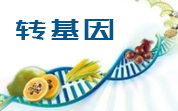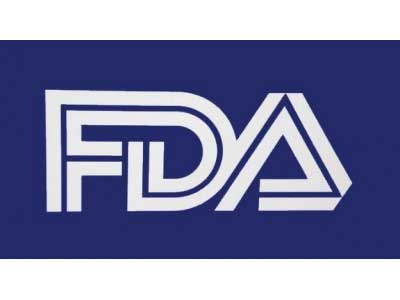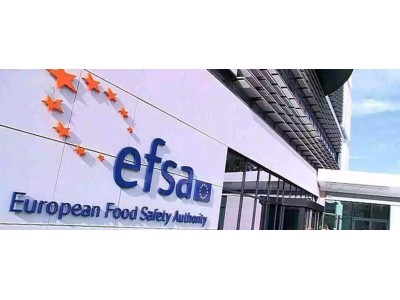гҖҖгҖҖйЈҹе“ҒдјҷдјҙзҪ‘и®Ҝ жҚ®жҫіж–°йЈҹе“Ғж ҮеҮҶеұҖпјҲFSANZпјүж¶ҲжҒҜпјҢ5жңҲ1ж—Ҙжҫіж–°йЈҹе“Ғж ҮеҮҶеұҖеҸ‘еёғжңҖж–°жҫіеӨ§еҲ©дәҡжҖ»иҶійЈҹз ”з©¶пјҢй’ҲеҜ№зҡ„жҳҜжҫіеӨ§еҲ©дәҡж¶Ҳиҙ№иҖ…дёҷзғҜй…°иғәе’Ңй“қзҡ„иҶійЈҹжҡҙйңІгҖӮ
гҖҖгҖҖжҫіж–°йЈҹе“Ғж ҮеҮҶеұҖз§°пјҢжҫіеӨ§еҲ©дәҡйЈҹе“ҒйҘ®ж–ҷдёӯзҡ„дёҷзғҜй…°иғәйҮҸдҪҺдәҺеӣҪйҷ…жөӢе®ҡеҖјпјҢзӣ®еүҚFSANZжӯЈеҗҢиЎҢдёҡдёҖиө·з ”究йҷҚдҪҺдёҷзғҜй…°иғәйҮҸзҡ„ж–№жі•пјҢдҫӢеҰӮдҪҝз”Ёй…¶йҷҚдҪҺеҗ«йҮҸпјӣеҸҰеӨ–еӨ§йғЁеҲҶжҫіеӨ§еҲ©дәҡеӣҪж°‘й“қзҡ„иҶійЈҹжҡҙйңІйҮҸдҪҺдәҺеӣҪйҷ…йҷҗйҮҸгҖӮ
гҖҖгҖҖйғЁеҲҶеҺҹж–ҮжҠҘйҒ“еҰӮдёӢпјҡ
гҖҖгҖҖFood Standards Australia New Zealand пјҲFSANZпјү today released the first phase of the 24th Australian Total Diet Study пјҲATDSпјү which looked at Australian consumers' dietary exposure to acrylamide and aluminium.
гҖҖгҖҖFSANZ Chief Executive Officer Steve McCutcheon said levels of acrylamide in Australian foods and beverages were generally comparable, or lower than those observed internationally.
гҖҖгҖҖ“However, the estimated dietary exposure remains in the range considered to be of possible human health concern by international expert committees,” Mr McCutcheon said.
гҖҖгҖҖ“FSANZ is working with industry to look at ways to reduce acrylamide levels in food, such as encouraging industry to use enzymes that reduce acrylamide formation.”
гҖҖгҖҖAcrylamide forms naturally in carbohydrate-rich foods during high temperature cooking, such as baking, frying and grilling. It can also occur through food processing methods used to enhance flavour and colour in snack foods such as potato crisps.
гҖҖгҖҖеҺҹж–Үй“ҫжҺҘпјҡ<http://www.foodstandards.gov.au/media/Pages/Latest-Australian-Total-Diet-Study-released.aspx>











 ең°еҢәпјҡ
ең°еҢәпјҡ






 йІҒе…¬зҪ‘е®үеӨҮ 37060202000128еҸ·
йІҒе…¬зҪ‘е®үеӨҮ 37060202000128еҸ·



